
Essential Insights
- Alien: Romulus introduces a compelling human-xenomorph hybrid, raising the bar for future installments.
- The franchise has consistently evolved the xenomorphs, delving into various hybrid variations.
- Future sequels to Alien: Romulus face the challenge of delivering a more terrifying adversary than its latest creation.
Alien: Romulus has emerged as a notable entry in the cherished Alien franchise, marking a return to the claustrophobic elements that fans adore while offering fresh interpretations of iconic monstrosities. However, this innovation may unintentionally complicate the trajectory of subsequent sequels.
Over the years, the Alien franchise has carved out a distinct identity by showcasing one of cinema’s most terrifying creatures: the Xenomorph. This fictional extraterrestrial is an endoparasitoid organism hailed by the Weyland-Yutani corporation as the “perfect specimen.”The life cycle of the Xenomorph is complex, beginning as an egg, progressing to the facehugger stage that implants embryos into host bodies, and culminating with the chestburster escaping the host to eventually mature into a full-grown Xenomorph. Its menacing design, characterized by acid blood and remarkable resilience, has cemented its status as a horror icon. Yet, the question arises: have these creatures lost their edge in terms of fear factor in the latest additions to the franchise?
The Evolving Legacy of Xenomorph Hybrids
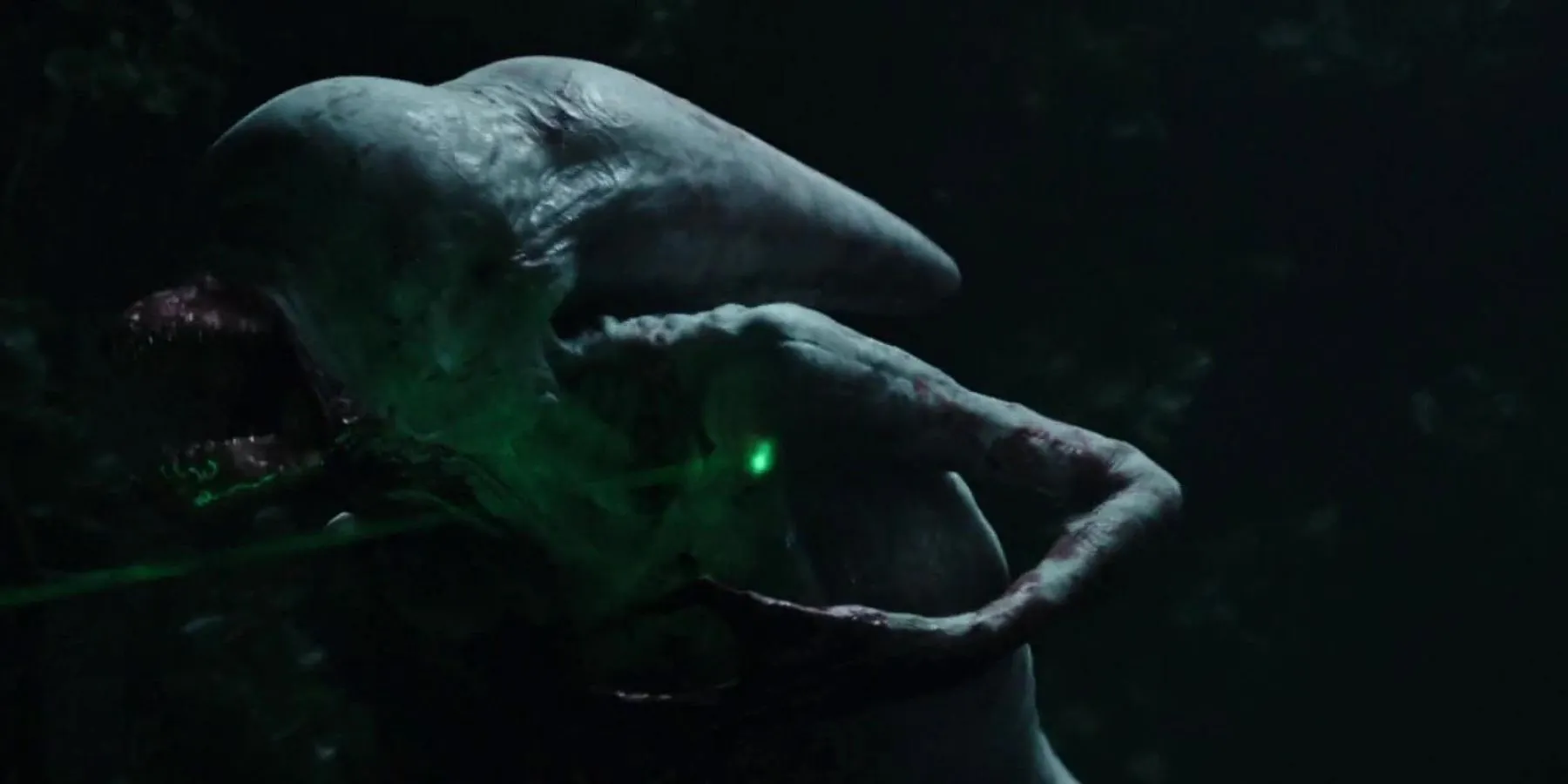
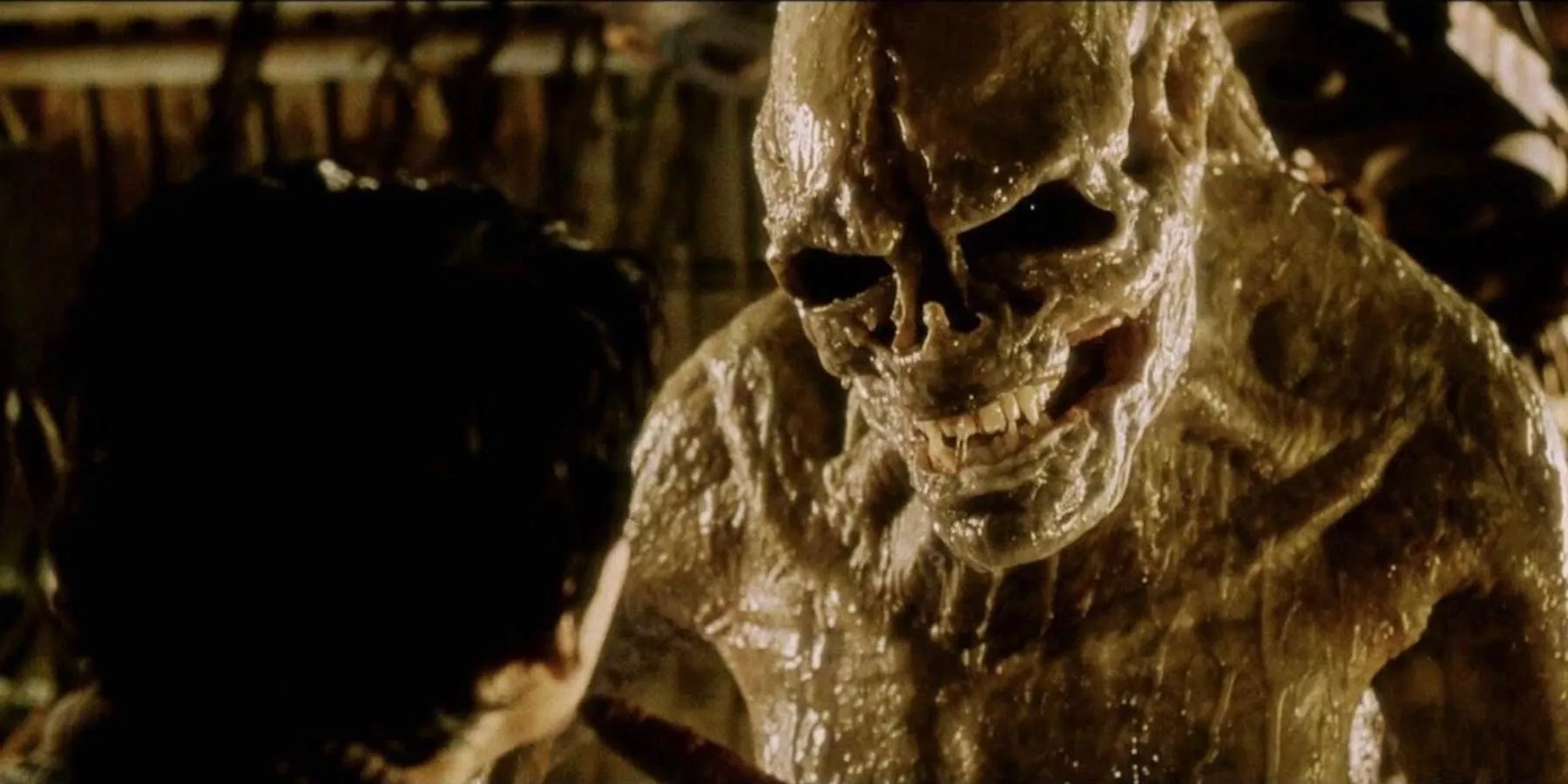
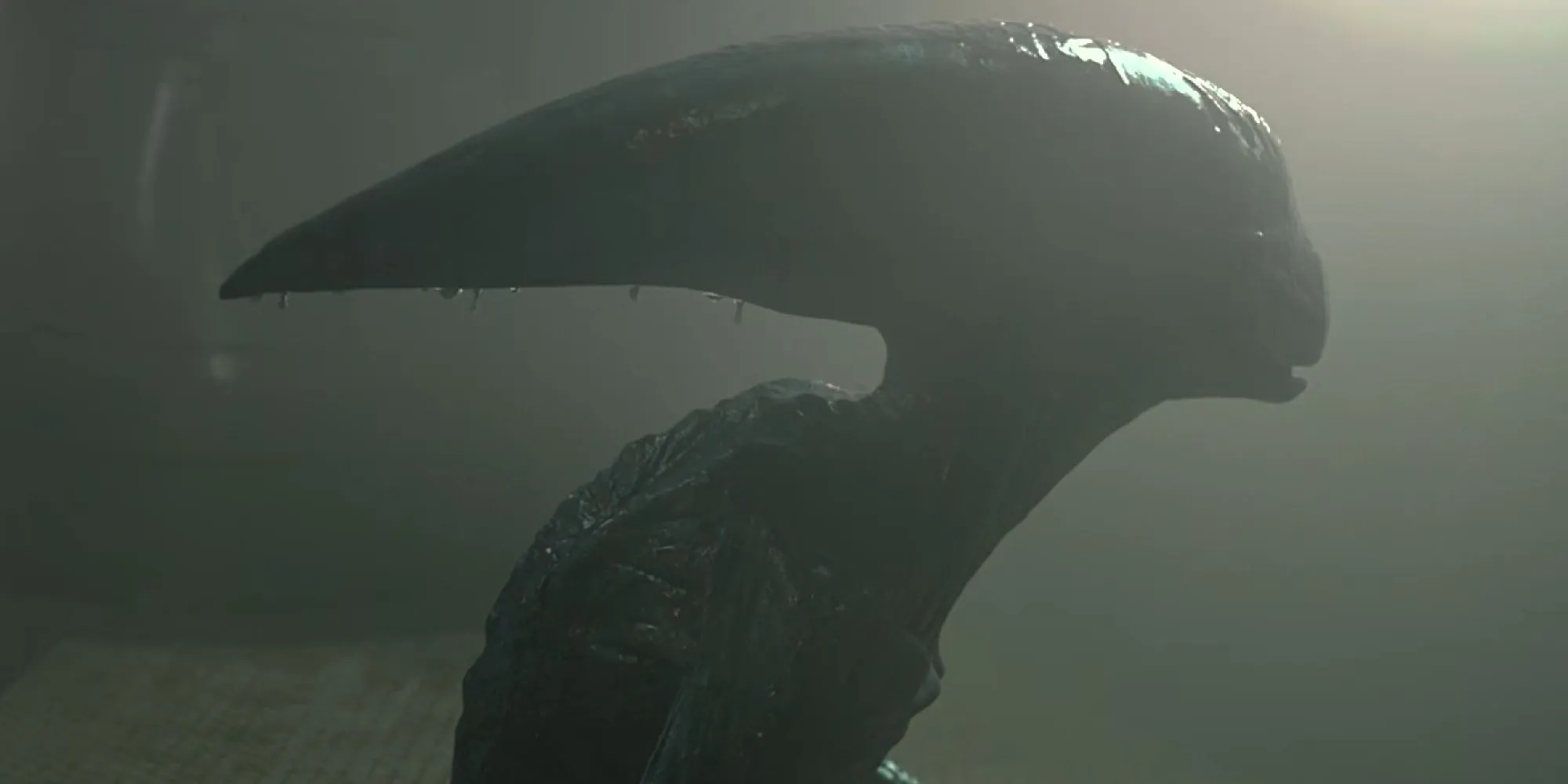
Following the initial successes of Alien and Aliens, subsequent franchises have sought innovative ways to expand the xenomorph narrative. The film Prometheus introduced new species related to the xenomorph lineage, such as the Deacon, while Alien: Covenant added to the lore with the Neomorph. This trend has highlighted the franchise’s fascination with evolution and biological complexities.
As the series progressed, filmmakers transitioned away from the original claustrophobic horror narrative, opting instead to explore deeper lore surrounding xenomorphs. Alien: Romulus seamlessly blends nostalgia with innovation, reviving classic themes while also venturing into unexplored territory. For example, the film showcases a surreal display of horror with the addition of a swarm of facehuggers and an intense zero-gravity xenomorph battle. The chilling visual aesthetic, rooted in H.R. Giger’s iconic designs, is effectively complemented by practical effects, despite also experimenting with novel manifestations of alien evolution.
Introducing the Human-Xenomorph Hybrid
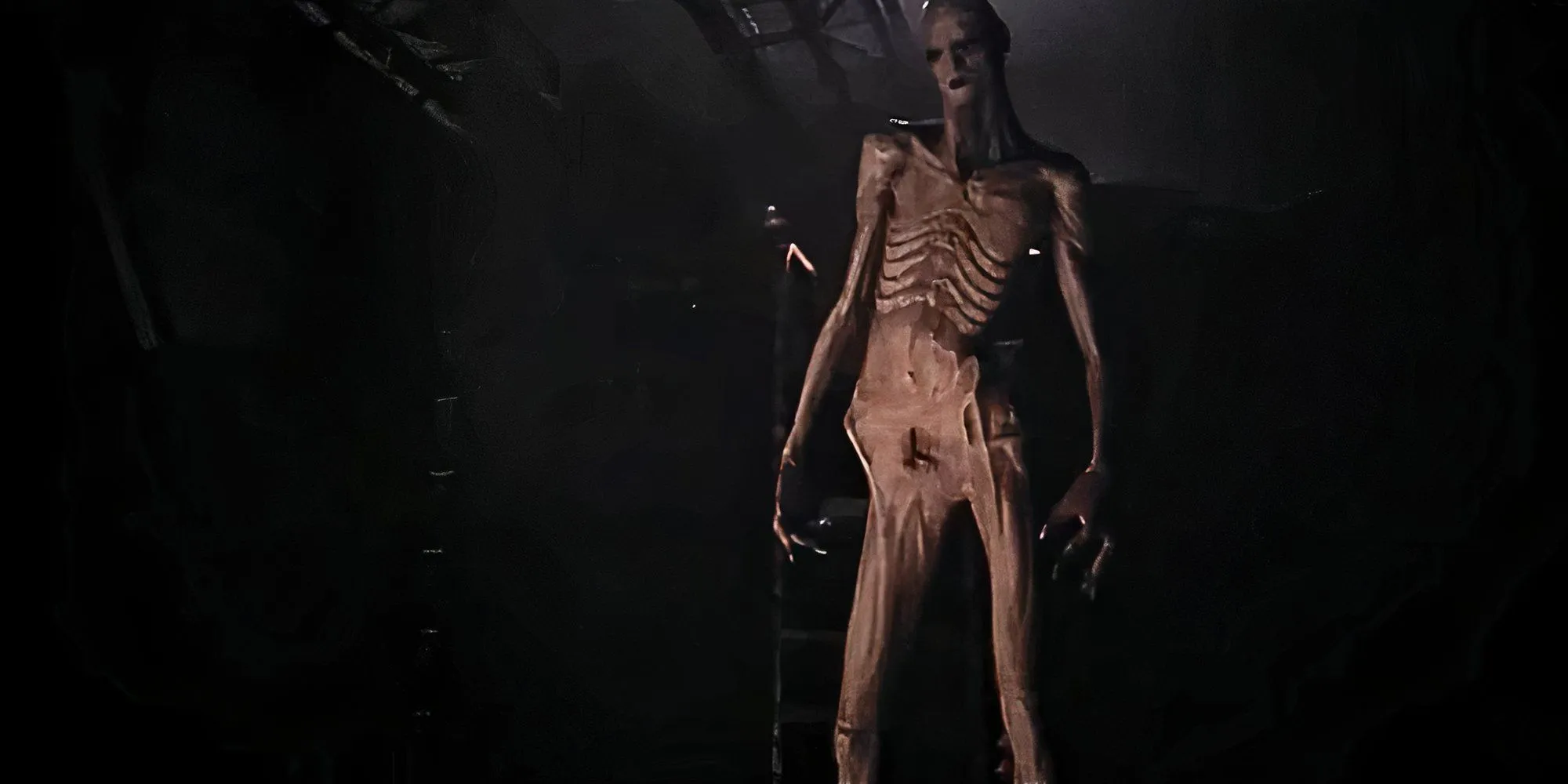
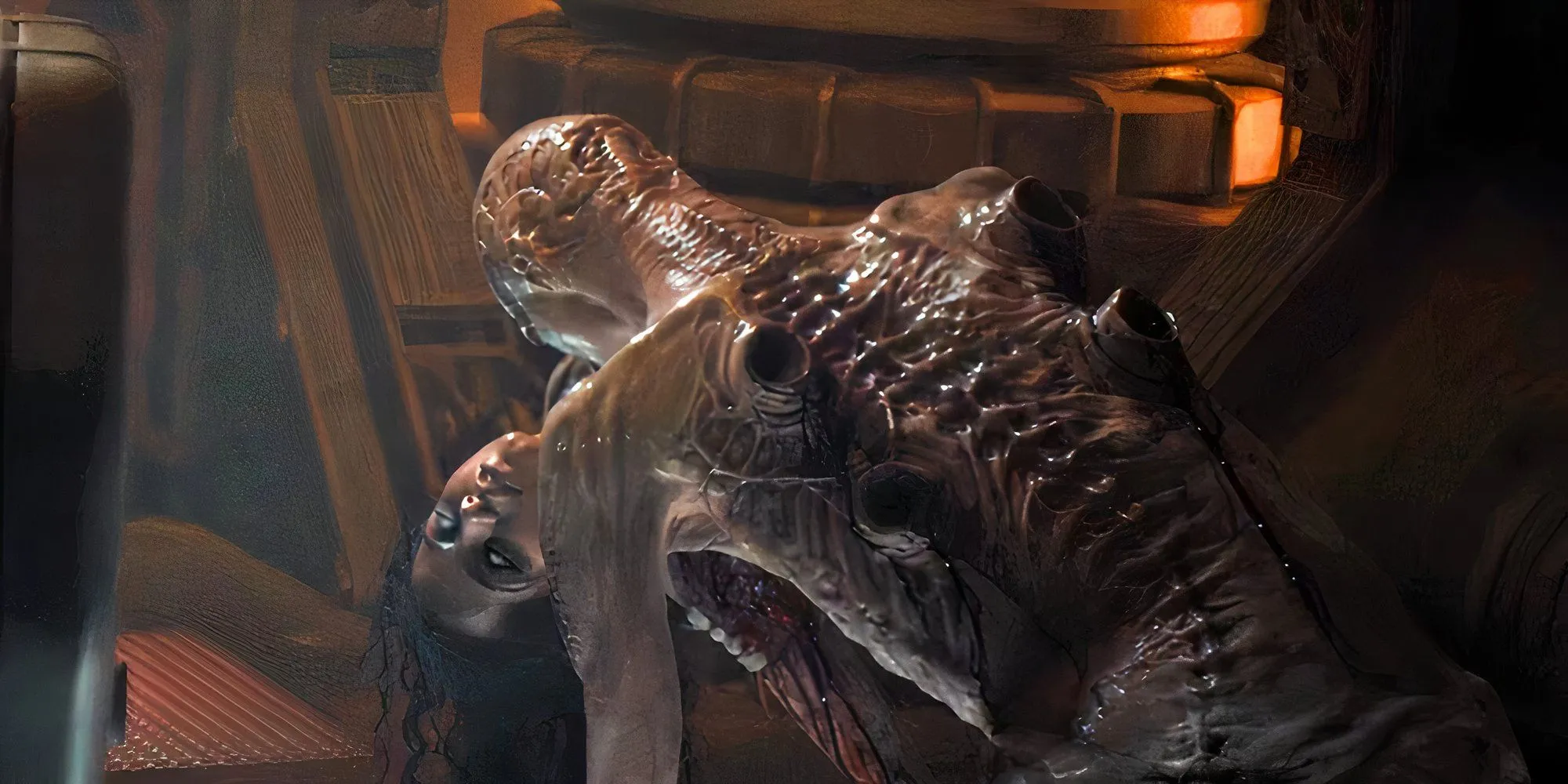
| Alien: Romulus Details | |
| Director | Fede Alvarez |
| Cast | Cailee Spaeny, David Jonsson, Isabela Merced, Archie Renaux, Aileen Wu |
| Runtime | 1 hour 59 minutes |
| Genre | Horror, Sci-Fi |
Alien: Romulus inevitably contains the quintessential elements of an Alien film—face-huggers, chestbursters, and numerous xenomorph encounters. However, it notably explores the implications of a human-xenomorph hybrid. Character Kay, portrayed by Isabela Merced, finds herself pregnant after a harrowing xenomorph encounter and decides to self-administer an experimental serum derived from both xenomorph and human DNA. This serum was secretly developed on the Renaissance space station for enhancement purposes, aiming to adapt humans for extreme environments.
Ultimately, characters Rain (Cailee Spaeny) and Andy (David Jonsson) expel the hybrid offspring from the airlock, leaving its fate uncertain—and possibly alive—out in the void of space.
Alien: Romulus and Its Monster Dilemma
Are Xenomorphs Losing Their Terror?
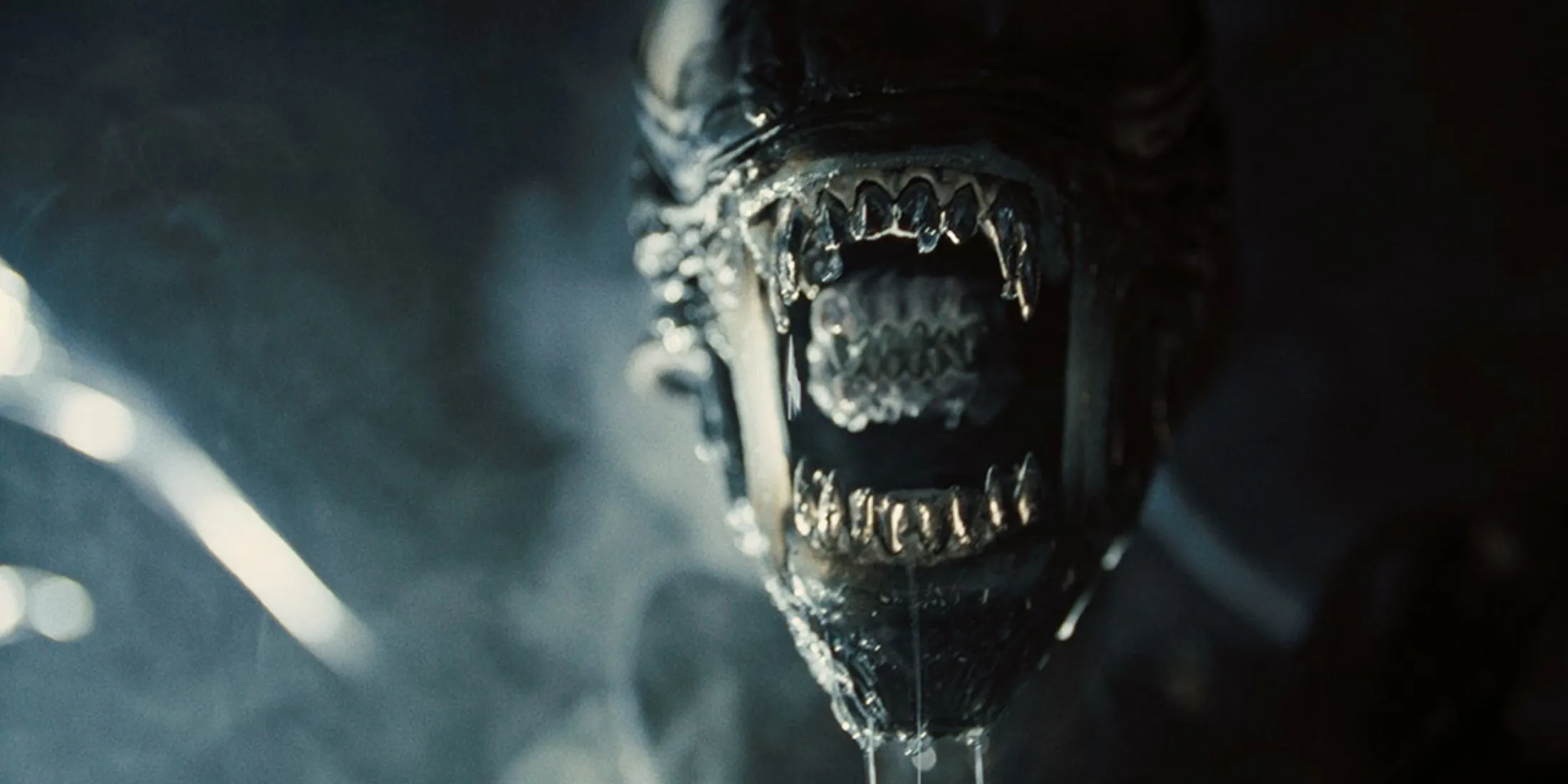
The introduction of the offspring ranks just below the Ripley-xenomorph hybrid from Alien: Resurrection, which also incorporated human and alien DNA into a chilling creation. With its exploration of hybrids, the franchise raises a compelling dilemma: What is the path forward after Alien: Romulus? With multiple iterations of the xenomorph’s DNA producing numerous forms in hopes of enhancing horror, how can future sequels surpass the terror presented by the recent offspring? Could the continual reliance on hybrids indicate a diminishing well of ideas within the franchise?
The original xenomorph remains an icon among horror creatures, yet new hybrids often fail to eclipse its frightful legacy. It may be essential for future Alien films to rejuvenate their approach by optimizing the use of the existing xenomorph. Indeed, Alien: Romulus showcased the capacity for effective scares that stemmed from traditional xenomorph life stages, but whether that can be replicated with upcoming entries is uncertain. Director Fede Àlvarez likely has a wealth of concepts for his sequel – however, only time will tell if the classic xenomorph will still resonate with current audiences.




Leave a Reply